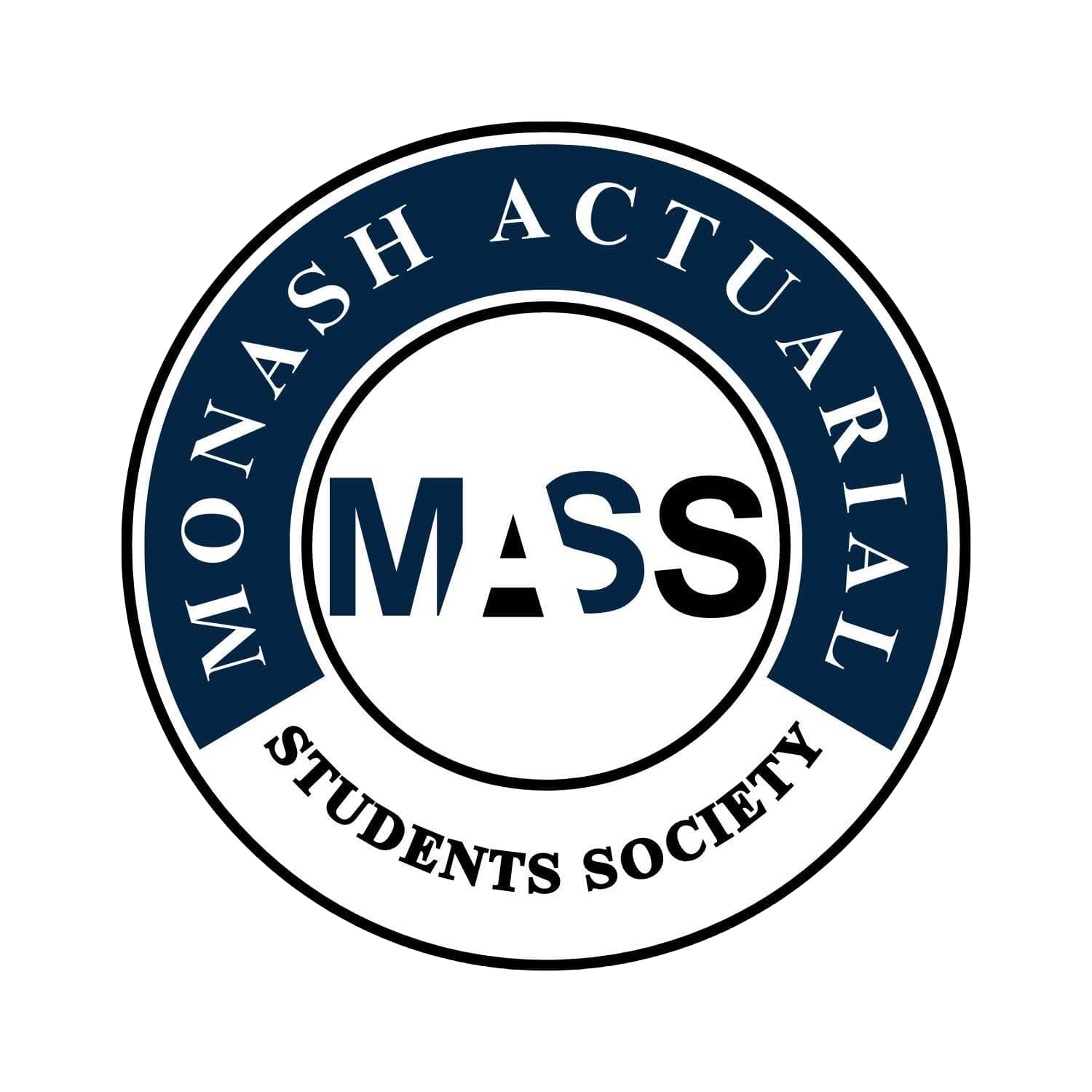ETC5250 Introduction to Machine Learning
Difficulty:
Year Completed: Semester 1, 2021
Prerequisite: ETC2420 / 5242
Exemption:
Actuary Program - Core Data and Statistical Analysis:
ETC5250 (100%)
Minimum of 70 for ETC5250 plus satisfactory completion of actuarial project for Data Analytics Principles.
Mean Setu Score: 75.97%
Clarity of Learning Outcomes: 80.00%
Clarity of Assessments: 73.60%
Feedback: 72.60%
Resources: 72.20%
Engagement: 85.20%
Satisfaction: 72.20%
Subject Content:
Lecture(s) and Tutorial(s):
Lecture Recording:
Textbook(s):
Assessments:
Week 1: types of machine learning problems, bias-variance
tradeoff
Week 2: review of regression, flexible regression techniques
(splines, GLMs)
Week 3: logistic regression, resampling (bootstrap, cross
validation)
Week 4: dimension reduction: linear discriminant analysis,
principal component analysis
Week 5: visualising high dimensions: tours and parallel coordinate
plots
Week 6: classification and regression trees
Week 7: random forests, support vector machines
Week 8: introduction to neural networks, regularisation
Week 9: tools for model assessment
Week 10-11: clustering
Week 12: discussion of Kaggle project
2 x 1 hour lecture
For students seeking exemption from the Institute subject there are three additional 1-hour classes to attend throughout semester (not weekly)
1 x 1.5 hour lab
Just going through tutorial questions and working through issues
as a class. The labs are based mostly in R with application-style
questions, but occasionally the textbook is referred to for
questions testing theory. Generally we are given time at the start
of the lab to work on the questions in small groups, then about
halfway through we discuss as a class.
The textbook Introduction to Statistical Learning (ISLR) is used
extensively and is very helpful. Its explanations are very clear and
easy to follow, and fills in many of the gaps in the lecture notes.
Most of the lectures are based directly off this textbook. The
textbook is freely available to download.
Two assignments (10% each)
Project - Kaggle competition (15%)
Weekly quiz x 11 (5% total)
Exam (60%)
For students seeking exemption from the Institute subject there is
an additional assignment worth 10%. The other assessments are
all re-weighted to be worth a total of 90%.
All assignments were individual. The weekly quizzes are very easy
to complete, but the assignments and the project all required
quite a lot of work.
Comments
The unit covered many interesting concepts, some in depth but
some at a surface level only. It provides a useful starting point for
further learning in the area.
Lectures were quite engaging (online only this semester) and were
evenly split between theory and examples. Unlike similar units
(ETC3550/5550, ETC3580/5580), there's almost no coding done in
the lectures, although the Rmarkdown file for each week's
lectures contains the code for all the examples that are in the
slides. The slides are not very detailed so it helps to hear Di's
explanations and read the relevant sections in the textbook for
more detail.
Lab attendance is not mandatory. Occasionally there was some
material covered in labs that wasn't covered in great detail in the
lecture. The solutions are provided before the class. Preparation
isn't necessary, but since the solutions are provided I found it
helpful to work through the questions beforehand so that I had
more class time to ask questions.
Quizzes were very easy and could usually be completed by
skimming through the lecture notes.
The two assignments are based in R, and involve a mix of
theory/application questions. They were quite lengthy and
challenging, but the marking scheme is clear and detailed
feedback is provided. They were very helpful in clarifying my
understanding of certain concepts.
The project involves building a model to make predictions on a
given dataset. It is conducted via Kaggle and part of the mark is
based on the accuracy of your predictions. Unlike previous years,
the mark is not based on your rank within the class.
This year's exam was a 70-something question exam, mostly
multiple choice with a handful of short-answer questions. A
practice exam of a similar format (but much shorter length) was
provided. Most questions only tested surface-level understanding,
unlike the assignments. Negative marking was applied to the
incorrect multiple choice answers. This was not communicated to
students before the exam. The quizzes and the exam both
suffered from typos and poor wording that caused confusion for
some students so it is advised for students to be careful. The
assignments were generally much more refined.
Don't underestimate the difficulty of the course. Some topics may
seem simple but the quizzes and exam standard required a solid
understanding of the details behind it. Read the textbook, don't
rely on lectures alone.
General Overview:
Lectures:
Tutorials:
Assessments/Other Assessments
Exam
Concluding Remarks

